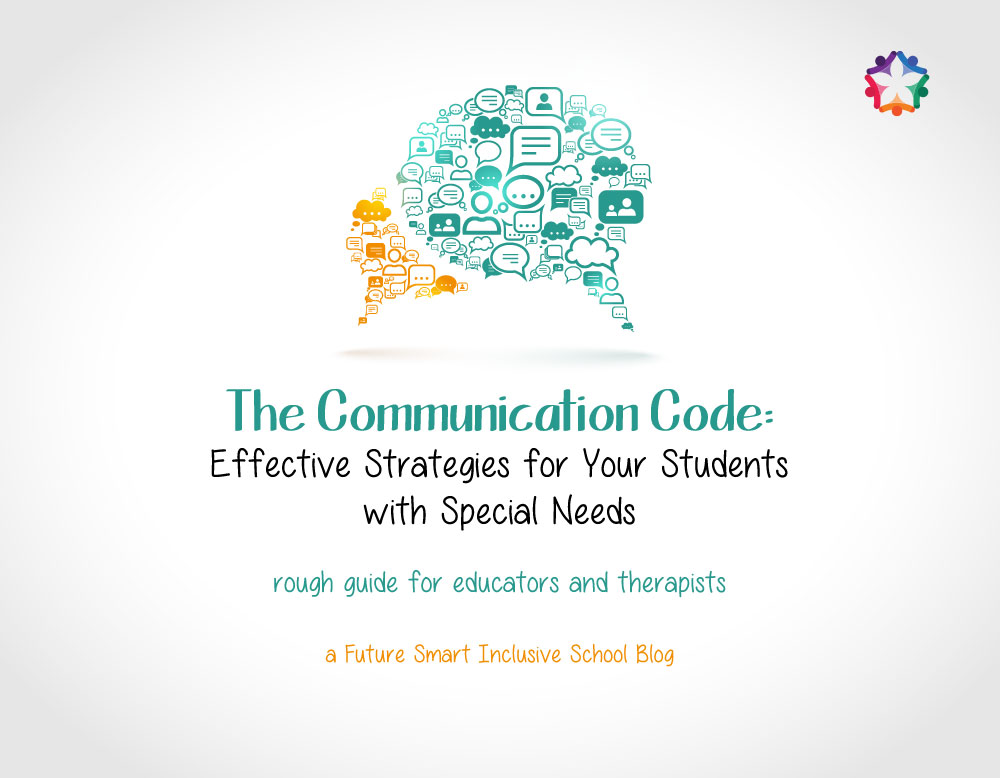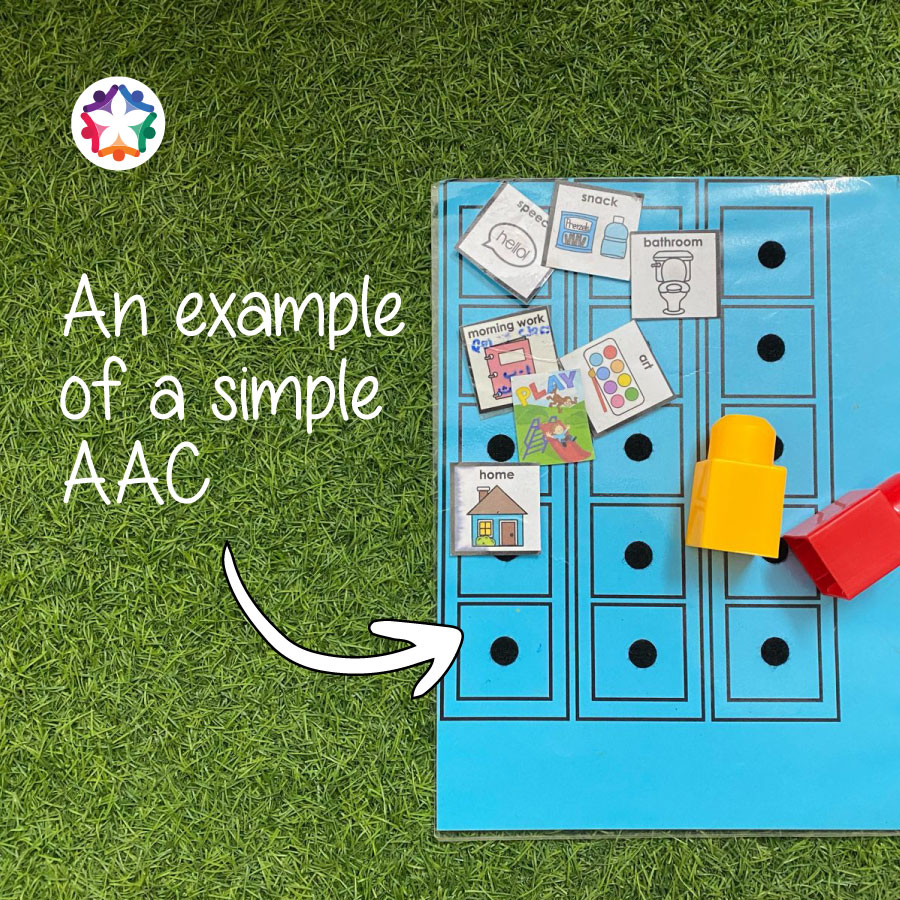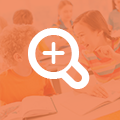The Communication Code: Effective Strategies for Your Students with Special Needs

Therapists and special needs educators buckle up, because we’re diving into the world of communication with our incredible students with special needs. We all know the importance of fostering clear and effective communication. But for these learners, traditional methods might not always hit the mark.
Today, we’ll unpack a toolbox brimming with strategies guaranteed to unlock the potential for reception and expression in your students. Let’s break the code and empower them to navigate the social landscape with confidence!
Understanding the Landscape: Why Communication Can Be a Challenge
First things first, let’s acknowledge the unique challenges faced by students with autism. Sensory processing disorders can make communication overwhelming. Background noise or bright lights can hijack focus, making it difficult for students to concentrate on the message. Additionally, some students might struggle with social skills, which makes it a challenge to understand nonverbal cues and the subtle nuances of conversation. Imagine trying to have a back-and-forth conversation at a bustling party. That’s what navigating social interactions can feel like for some students.
Furthermore, language delays and disorders can lead to misunderstandings and frustration. Imagine trying to decipher a complex code without a key. For some students with autism, this is what “normal” communication feels like.. They might struggle to understand the literal meaning of words, let alone figurative language or sarcasm.
By incorporating a multi-pronged approach, we can bridge the gap.
The Power of Visual Aids
Visual aids are our secret weapons in this battle. To that end, think visual schedules, social stories, and first/then boards. These tools help stablish clear expectations and routines.
Visual schedules, for example, use images to depict daily activities, easing anxiety and promoting independence. A student with a picture schedule depicting “circle time” followed by “snack” knows exactly what to expect. As a result, this helps reduce meltdowns or confusion. Social stories can help students navigate everyday situations by providing them with scripts and expectations.
Imagine a student feeling anxious about an upcoming school trip. A social story with pictures and simple text explaining event can significantly reduce their anxiety and prepare them for what to expect. First/then boards are fantastic for promoting desired behaviors. By visually outlining the desired action followed by the reward, students have a clear roadmap for success. For example, “finish your work, then play outside”.
Speak Their Language
For some non-verbal students, traditional communication methods might be insufficient. This is where AAC come in. It stands for Alternative and Augmentative Communication. This refers to any method that supplements or replaces spoken language. These range from simple picture boards to tech-based speech-generating devices (SGDs).
Picture boards come in all shapes and sizes, allowing students to point to pictures to express their wants and needs. Imagine a student who struggles to ask their teacher for a bathroom break. A visual schedule with a picture for a bathroom allows them to communicate their needs. The great thing about them is that they are low-cost and can be easily tailored for each child.

Comparatively, SGDs are electronic devices with pre-recorded messages or symbols that students can choose to express themselves verbally. These devices can be customized with pictures, voices, and vocabulary specific to each student’s needs. To put things in perspective, this is the kind of device that Stephen Hawking used to communicate with others. Additionally, SGDs may be very expensive and it may also be difficult to find someone who manufactures and sells the devices. They may also have to be imported from overseas, making them costlier.
The beauty of AAC lies in its customization. We can tailor boards and devices to individual needs and preferences, empowering students to actively participate in communication. A student who loves dinosaurs might have an SGD with buttons featuring dinosaur sounds and phrases like “play outside” or “feeling happy.” Additionally, for a simpler AAC like a picture board, you can include actions and activities that are part of the student’s routine, instead of making a generic one-size-fits-all board.
Harnessing the Power of Nonverbal Communication
Body language speaks volumes. Consequently for students with autism, it can be a crucial piece of the communication puzzle. Pay attention to their posture, facial expressions, and gestures. As an illustration, a furrowed brow might indicate confusion, while fidgeting could signal anxiety.
By recognizing these social cues, we can adapt our communication style and provide the necessary support. For instance, if a student seems overwhelmed by a complex instructions, we can break it down into smaller steps or offer a visual aid. Additionally, consider teaching students about nonverbal communication, helping them understand the importance of eye contact, facial expressions, and body language in social interactions.
Imagine a student who avoids eye contact during conversations. Teaching them that making eye contact shows they’re interested in listening can empower them to participate more actively in social interactions.
Building Bridges: Strategies for Effective Verbal Communication
Now, let’s delve into the world of spoken language. Here are some tips to keep the conversation flowing smoothly:
Simplicity is Key: Ditch the jargon and complex sentence structures. Choose short, clear sentences that are easy to understand. Imagine explaining a concept to a young child – that’s the level of clarity we’re aiming for.
Active Listening is Your Superpower: Give your students your undivided attention. Make eye contact (if appropriate), and acknowledge their nonverbal cues. Actively listen to their responses, and paraphrase to ensure understanding.
Take a Deep Breath: We often underestimate the power of silence. Give students ample time to process information and formulate their responses. Rushing them can lead to frustration and confusion.
Small Bites: Break down complex instructions into smaller, more manageable steps. This makes the information easier to digest and reduces the risk of cognitive overload.
Positive Reinforcement: Celebrate even small communication victories! A simple “good job!” or a high five can go a long way in motivating students to continue trying.
Embrace the Power of Repetition: Some students might require repeated exposure to information before it sinks in. So, don’t shy away from repetition – it’s a crucial tool for solidifying understanding.
Remember, communication is a two-way street. By incorporating these strategies, we can build bridges of understanding and empower our students with special needs to confidently navigate the world. Let’s celebrate their unique strengths and foster a love of language that will propel them towards success!




Leave a Reply